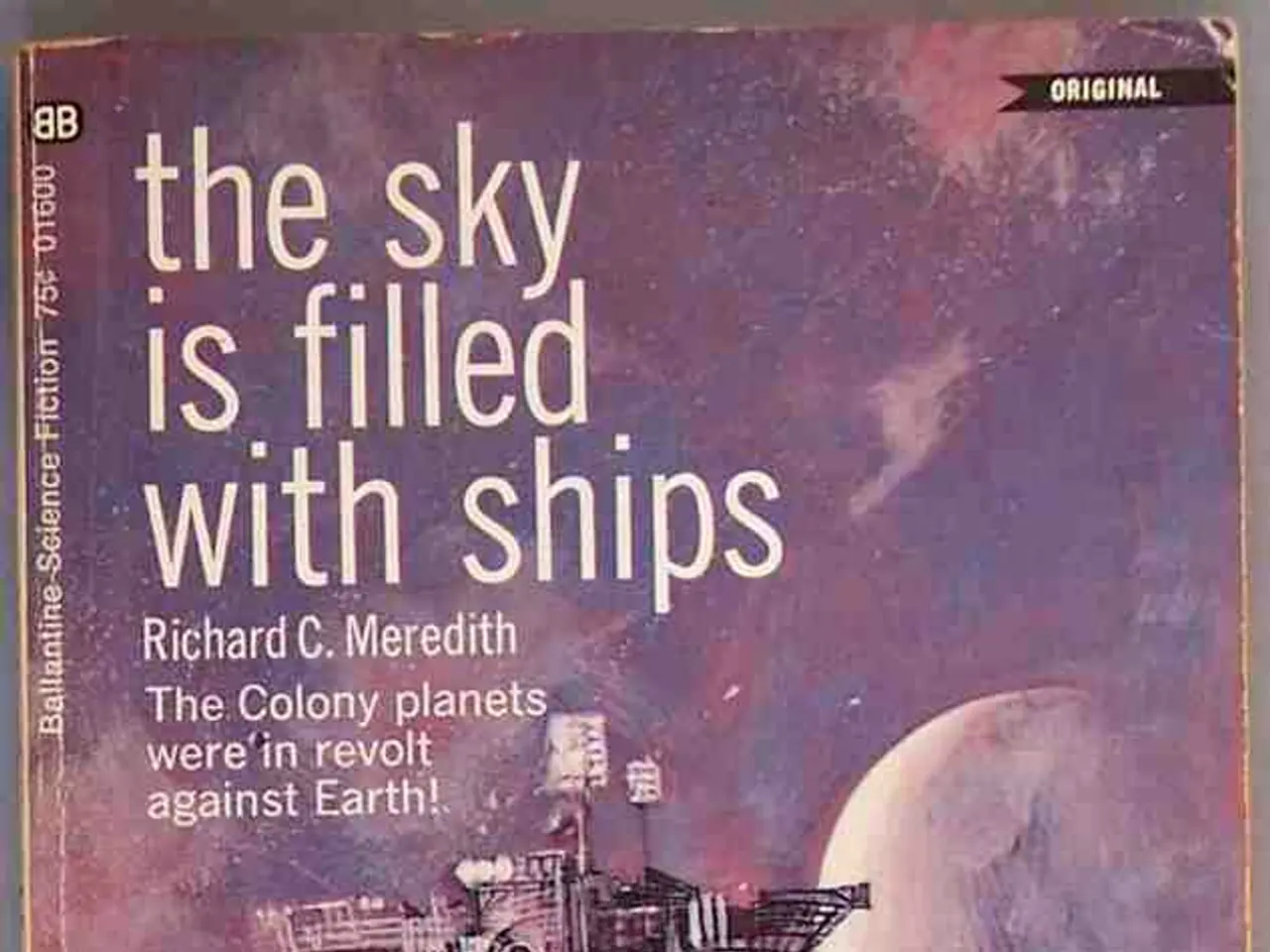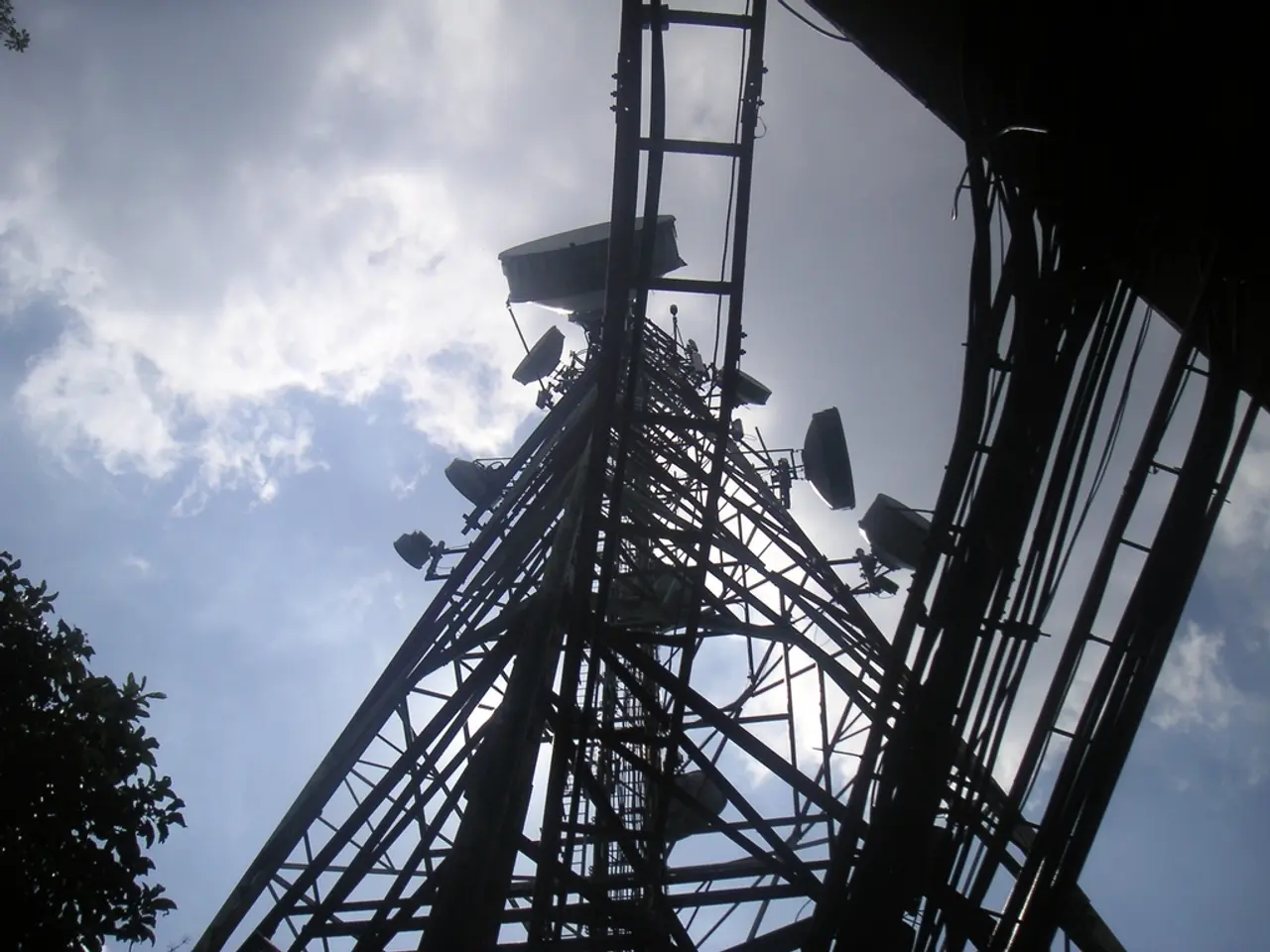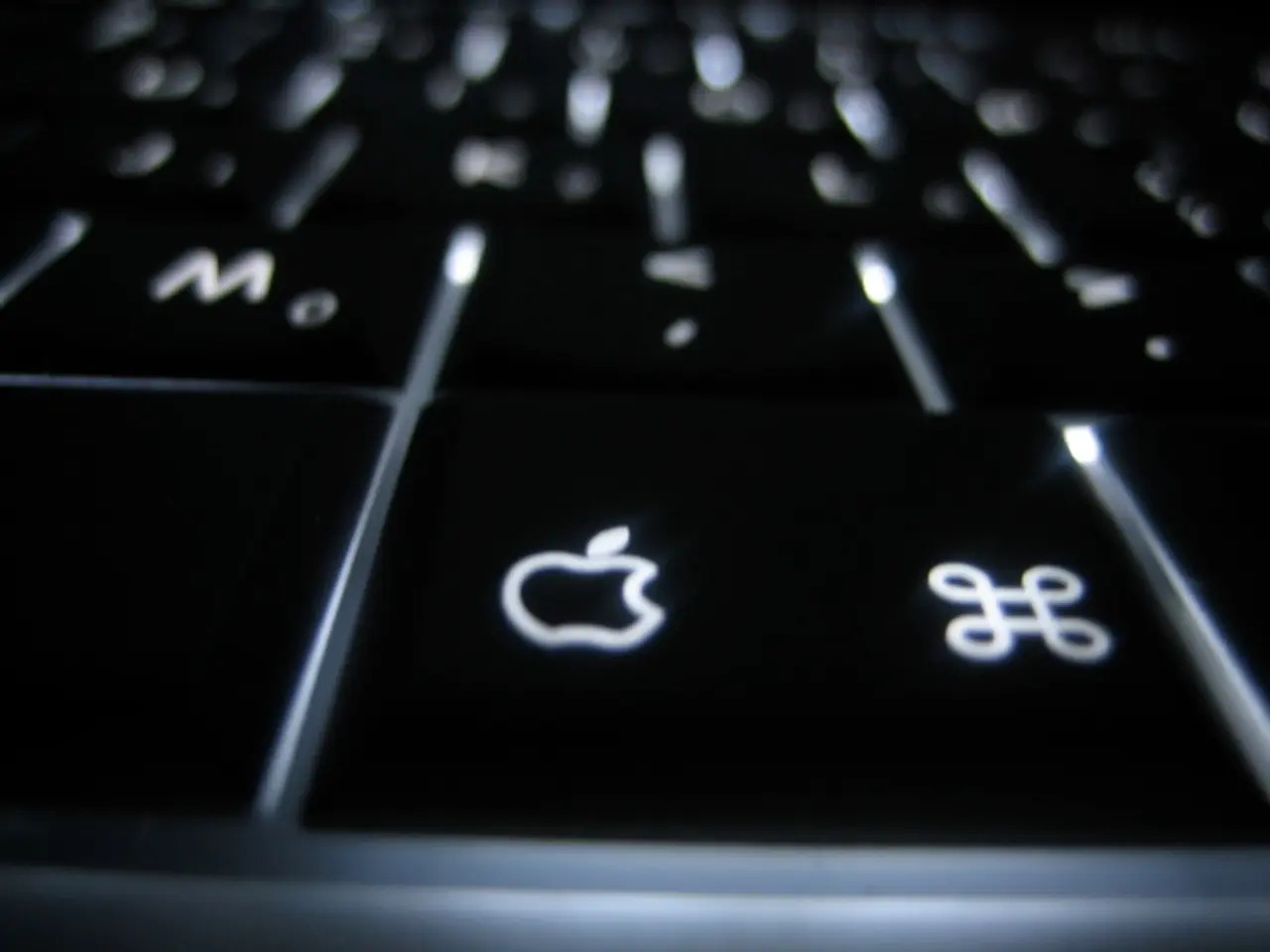Probing the Cosmos through Loop Quantum Gravity: An alternative outlook on spacetime dimension and gravitational interactions
Loop Quantum Gravity (LQG) is a groundbreaking theoretical framework that challenges our conventional understanding of the universe. This background-independent theory posits that space-time's geometry is dynamic, aligning with the principles of general relativity.
At the heart of LQG lies the idea that spacetime has a fundamentally discrete, quantized structure at the Planck scale, leading to intriguing experimental predictions. For instance, LQG suggests that spacetime is made of discrete "chunks," potentially observable as tiny deviations from Lorentz symmetry in high-energy astrophysical phenomena like gamma-ray bursts or neutrinos.
However, these effects are expected to be extremely subtle and currently remain difficult to detect experimentally. Other predictions include quantum gravitational echoes in gravitational waves, which could be detectable by future runs of LIGO and other gravitational wave observatories.
One of the key components of LQG is the use of spin networks, abstract graphs that embody the quantum states of space-time geometry. These networks offer a snapshot of the quantum state of the gravitational field within LQG. Recent theoretical work even predicts that interactions mediated by this discrete spacetime geometry generate unique patterns of quantum entanglement between fermions.
Despite these promising predictions, LQG faces significant challenges. The predicted effects occur near the Planck scale, far beyond the reach of current particle accelerators or direct measurements. Moreover, many predicted signals such as gravitational wave echoes or Lorentz invariance violations are not exclusive to LQG and could originate from other quantum gravity theories.
Incorporating standard model particles (fermions) into LQG remains nontrivial, although recent progress on defining fermionic entanglement within spin networks offers promising theoretical insights. The mathematical complexity of formulating and computing physical predictions in full LQG is another challenge, requiring advanced tools like path-integral methods adapted to discrete quantum geometries.
Emerging theoretical frameworks also challenge the strict necessity of full spacetime quantization, offering alternative approaches based on wave function collapse and decoherence. These frameworks might overlap or compete with LQG predictions in phenomenological tests.
Nevertheless, the field is advancing through both theoretical refinements and identification of potential indirect tests (e.g., astrophysical observations and quantum information metrics). Overcoming these challenges is essential for confirming or falsifying the theory in the coming decades.
Intriguingly, LQG proposes mechanisms to explain the universe's bounce from a previous, contracting phase to its current expansion. Moreover, it suggests that black holes may have discrete, quantized areas, potentially solving the black hole information paradox.
As we delve deeper into the mysteries of the cosmos, the journey through Loop Quantum Gravity feels like participating in an epoch-defining journey. This theory embodies the essence of physics and philosophy, an unending quest to comprehend the cosmos's fundamental nature.
Science and technology come into play as researchers look for ways to test the predictions of Loop Quantum Gravity (LQG). For instance, future runs of LIGO and other gravitational wave observatories may detect quantum gravitational echoes, while high-energy astrophysical phenomena like gamma-ray bursts or neutrinos could reveal tiny deviations from Lorentz symmetry, suggesting the existence of discrete "chunks" in spacetime.




